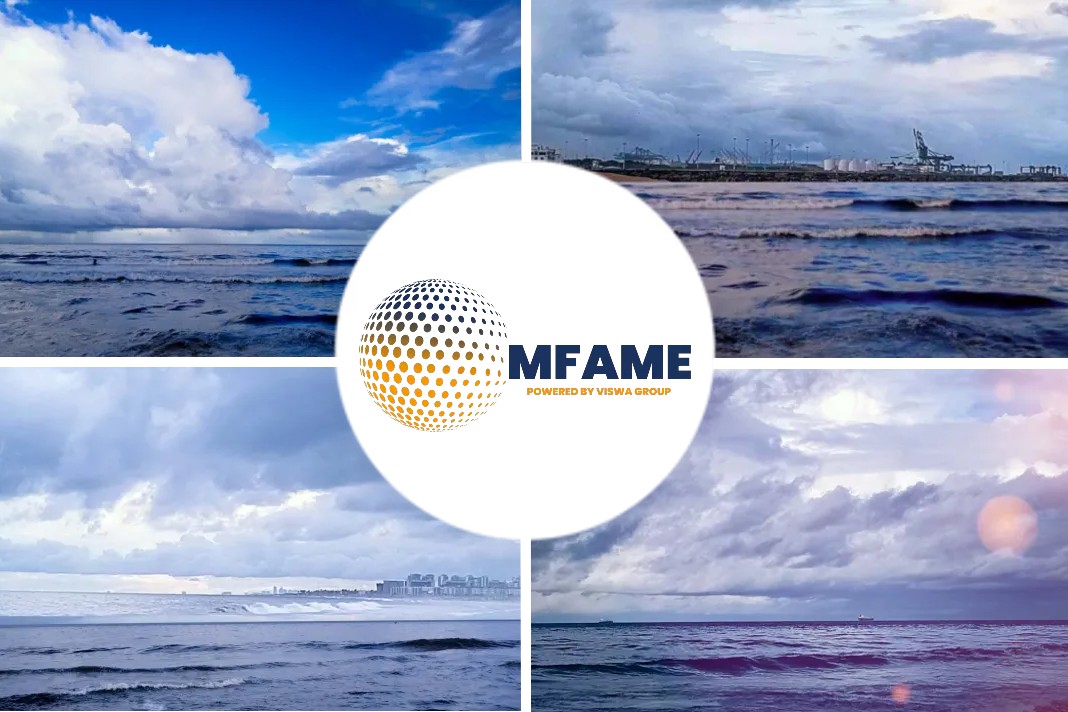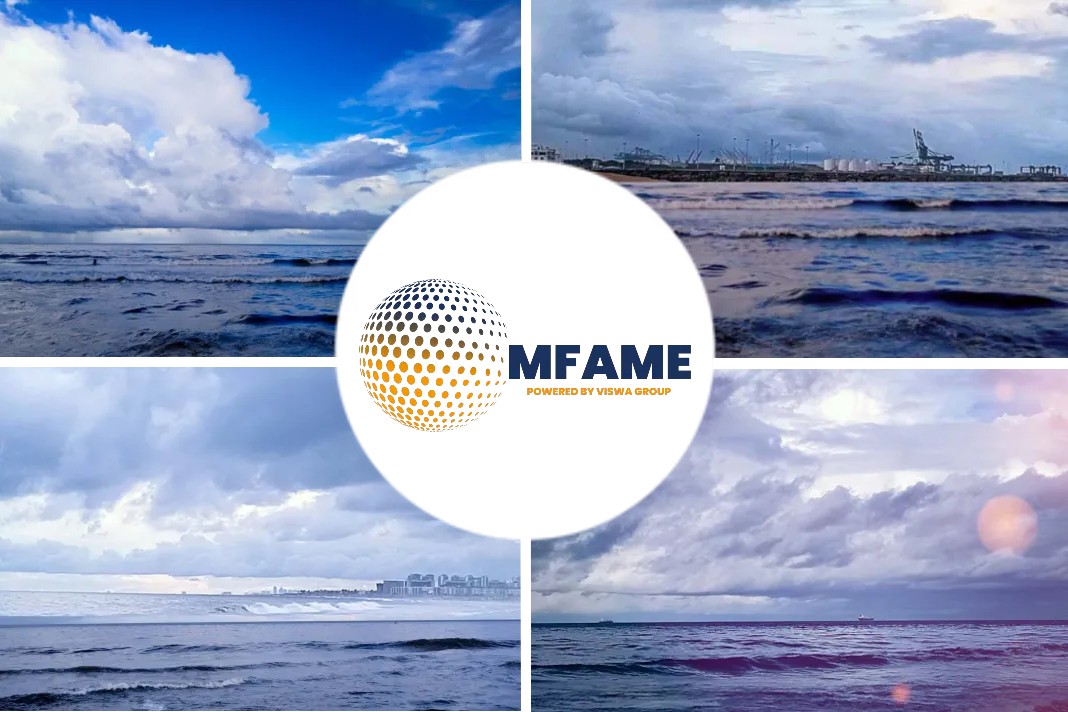- N-KOM has completed almost 1,000 marine and offshore projects such as drydocking and repairs undertaken for various types of vessels.
- The vessels include LNGc, LPGc, VLCCs, oil/chemical tankers, cargo ships, dredgers, and offshore support vessels.
- The shipyard’s facilities include three VLCC sized docks with a berthing capacity of 3,150 meters, specialized workshops and cryogenic cleanrooms.
- The shipyard observed a 50% increase in volume for ship repairs in comparison to the same period last year.
According to an article published in MarineLink, Nakilat – Keppel Offshore & Marine Ltd. has completed almost 1,000 marine and offshore projects.
N-KOM’s facilities
N-Kom has a significant number of drydocking and repairs undertaken for various types of vessels including LNGc, LPGc, VLCCs, oil/chemical tankers, cargo ships, dredgers, offshore support vessels, to name a few.
The shipyard’s facilities include three VLCC sized docks (two graving docks and one floating dock), berthing capacity of 3,150 meters, specialized workshops and cryogenic cleanrooms, enabling it to handle repairs and maintenance for all types of marine vessels and offshore structures.
50% increase in volume for ship repairs
The year 2019 has been a busy year for N-KOM, as the shipyard observed a 50% increase in volume for ship repairs in comparison to the same period last year. Over the recent months, there has been strong demand from the market for the installation of scrubbers, fuel systems modification and ballast water treatment systems, to be in compliance with the new IMO regulations that will be enforced soon. The yard expects strong interest for scrubber retrofits throughout the year of 2019.
Installation of in-line scrubbers and BWTS retrofits
Following the winning of a competitive bid last year, N-KOM has completed the installation of several in-line type scrubbers and ballast water treatment system retrofits for the first four in a series of seven VLCCs. The remainder of the vessels in this contract is scheduled for a similar program of green system retrofits and drydocking repairs throughout the rest of this year at N-KOM.
Major repairs are also in progress for a cutter suction dredger from DEME (Belgium), comprising of spud, anchor boom lifting and repairs, steelworks as well as repairs of spud doors, suction mouth, cutter ladder, spud clams, and piping systems, and other general drydocking repairs.
Dependence on LNG carriers and VLCCs
Drydocking and general repairs for vessels such as LNG and LPG carriers as well as tankers and VLCCs are most commonly carried out at N-KOM throughout the year. More recently, the shipyard completed major side shell steel repairs for a Japanese-owned LPG carrier and deck steel repairs for a Greek cargo vessel. The yard will also be retrofitting three ballast water treatment systems onboard two LNG carriers and a VLCC during the month of August, in addition to other drydocking and general repairs during the repair period.
FSRU repair project
While there have been a number of interesting jobs coming into the yard, receiving its first floating storage regasification unit (FSRU) repair project earlier this year was a significant milestone for N-KOM. Owned by Excelerate Energy (USA), the 138,000 cum. FSRU Excelerate underwent several modifications and retrofitting of new systems, including the installation of a ballast water treatment system (BWTS). To date, the shipyard has completed eight such BWTS installations for various types of vessels such as LNG and LPG vessels as well as very large crude carriers (VLCCs).
Agreement with STX Korea
N-KOM recently signed an agreement with STX Korea which is now stationed in the shipyard to provide special attendance for the engine and auxiliary maintenance work on vessels during anchorage and in the voyage.
Given N-KOM’s strategic location in Qatar, the world’s largest exporter of LNG, the shipyard has a long track record for gas carrier repairs. Since operations began in 2011, N-KOM has completed in excess of 200 LNG carrier routine drydocking and repairs at its facility, including retrofits of specialized systems such as the Ballast Water Treatment System (BWTS) and the world’s first ME-GI conversion onto a Q-Max LNG carrier, the largest type of LNG tanker.
Did you subscribe to our daily newsletter?
It’s Free! Click here to Subscribe!
Source: MarineLink















![[Podcast] Shipbuilding Market Outlook H2 2024](https://mfame.guru/wp-content/uploads/2023/11/mfame-container.jpg)